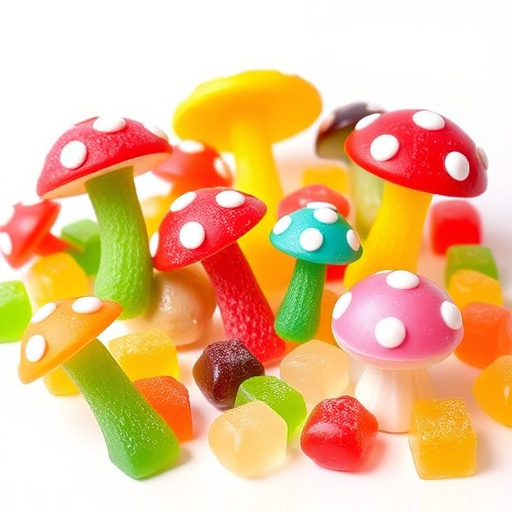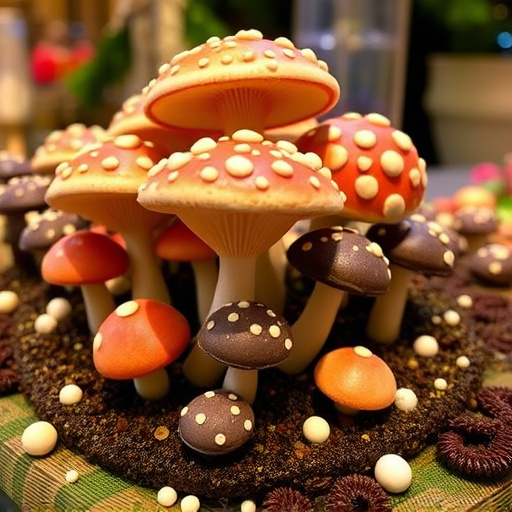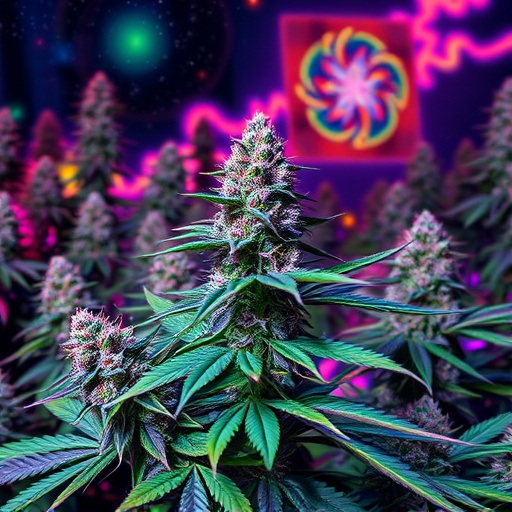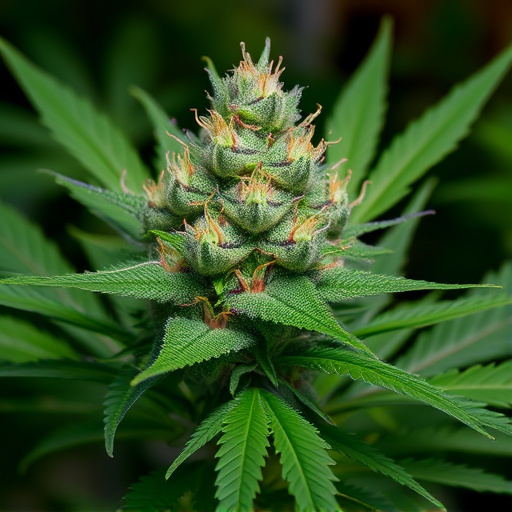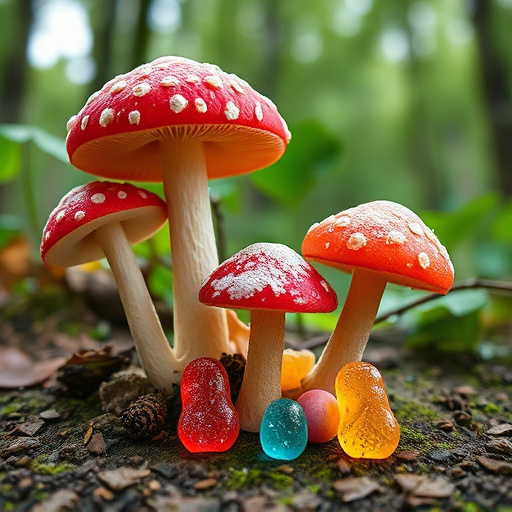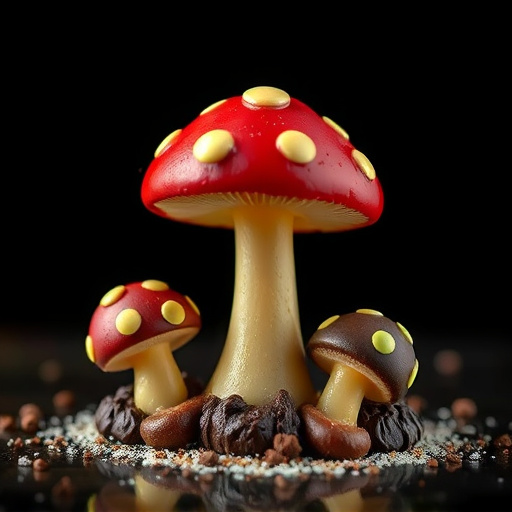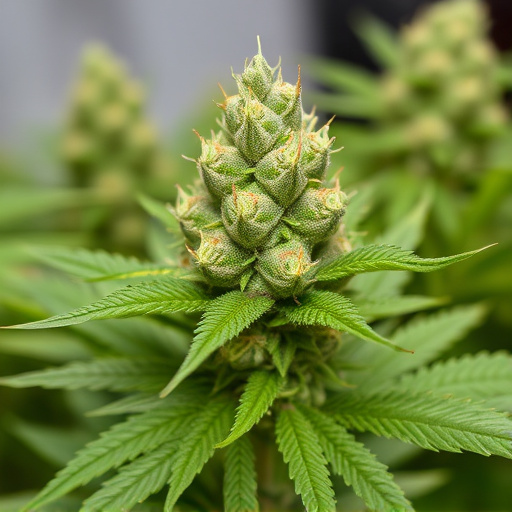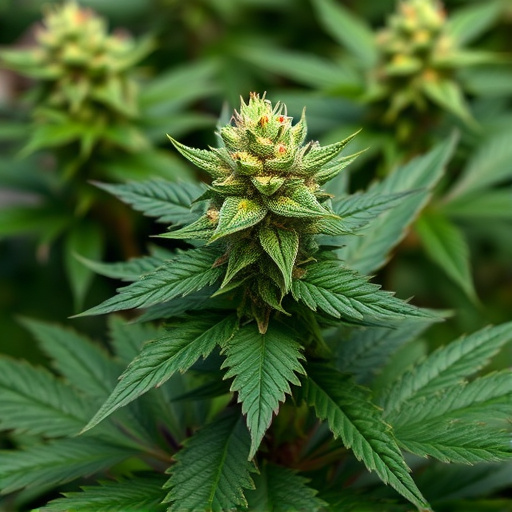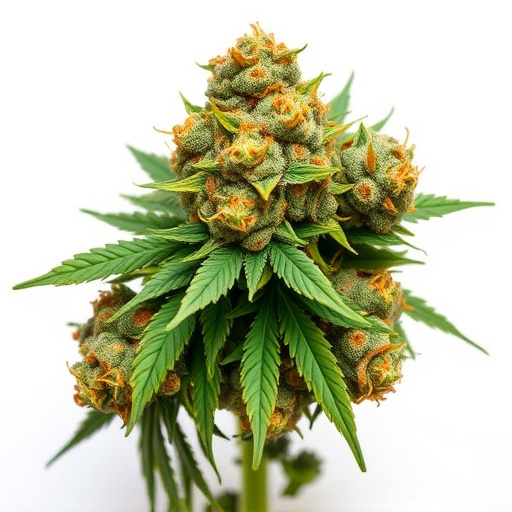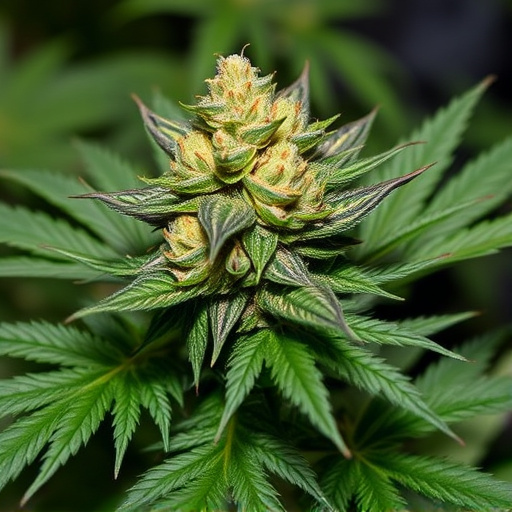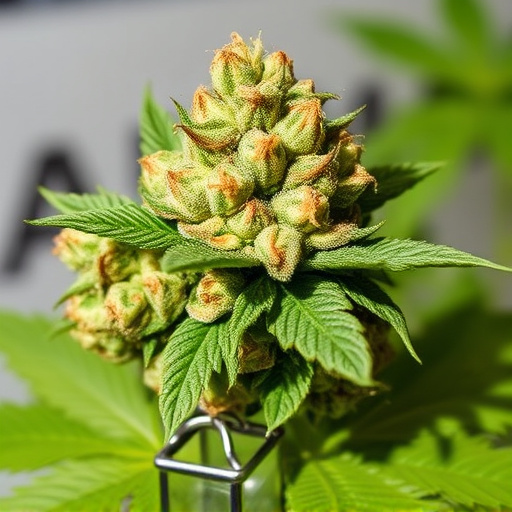Terpenes, natural aromatic compounds in cannabis, create unique scents and potential therapeutic effects for different cannabis cup strains. These compounds, like myrcene and limonene, interact with cannabinoids such as THC and CBD to offer diverse olfactory experiences, ranging from floral to earthy. Understanding terpene profiles allows consumers to choose cannabis cup strains that align with their desired scent and effect preferences, contributing to the popularity of these highly regarded varieties among cannabis enthusiasts globally.
In the competitive world of cannabis, the distinct scents and flavors of different cannabis cup strains play a crucial role in attracting enthusiasts. These unique characteristics are largely attributed to terpenes—chemical compounds responsible for the diverse aromas we associate with various cannabis cup strains. This article explores how terpenes create these signature scents, delving into their chemical intricacies, impact on cannabis experiences, and their significance in judging cannabis cup winners.
- Understanding Terpenes: The Chemical Compounds Behind Cannabis Scents
- Terpene Profiles in Cannabis Cup Strains: Unlocking Distinct Aromas and Flavors
- How Terpenes Impact the Experience of Different Cannabis Cup Winners
Understanding Terpenes: The Chemical Compounds Behind Cannabis Scents
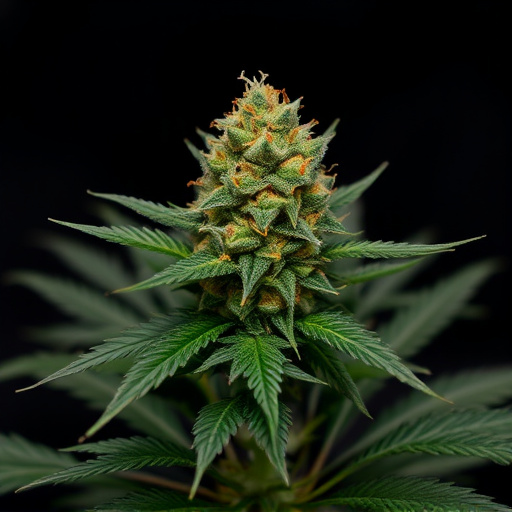
Terpenes, a diverse group of aromatic compounds, are the unsung heroes behind the unique scents we associate with different cannabis strains. Often referred to as the “essence” of plants, terpenes not only contribute to the distinctive smells and flavors of cannabis but also play a crucial role in its potential therapeutic effects. These volatile oils are produced naturally by various plants, including cannabis, and are responsible for giving each strain its characteristic aroma, ranging from fruity and floral to spicy and woody notes.
In the context of cannabis cup strains, terpenes act as the judges and referees of scent competitions. Different terpenes combine with cannabinoids like THC and CBD to create a complex interplay of scents and effects, making each strain distinct. For instance, myrcene is known for its earthy, musky scent and is often found in heavy indicas, while limonene offers a bright, citrusy aroma and is prevalent in sativas. Understanding the terpene profile of different cannabis cup strains can help consumers make informed choices based on their preferred scents and desired effects.
Terpene Profiles in Cannabis Cup Strains: Unlocking Distinct Aromas and Flavors
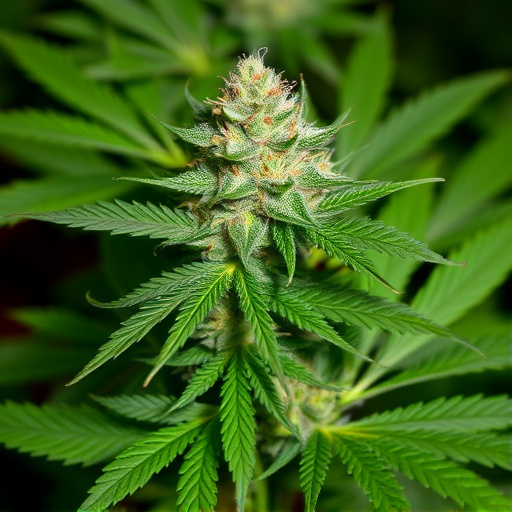
How Terpenes Impact the Experience of Different Cannabis Cup Winners
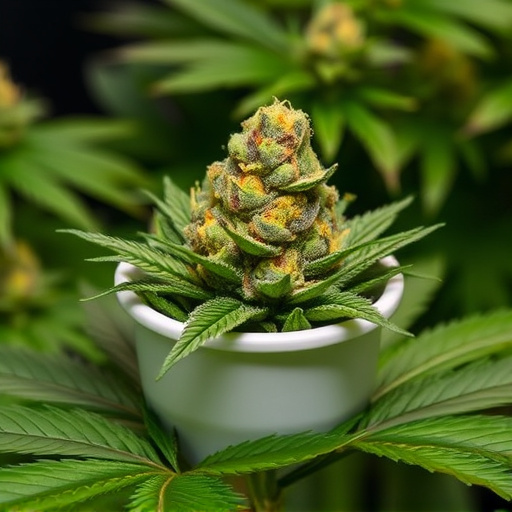
Terpenes, the aromatic compounds responsible for the distinct scents and flavors of cannabis, play a pivotal role in shaping the unique experiences associated with different Cannabis Cup strains. Each year, the Cannabis Cup celebrates and honors the best cannabis varieties worldwide, and the impact of terpenes on these award-winning strains cannot be overstated.
The olfactory experience of smoking or consuming a Cannabis Cup winner is deeply influenced by the specific terpene profile. For instance, myrcene, known for its earthy and musky notes, often contributes to a relaxing and sedative effect, making it popular in strains aiming to induce sleepiness. On the other hand, limonene, with its bright citrus aroma, can uplift mood and provide a more energizing experience. These terpene-driven sensory experiences not only cater to diverse consumer preferences but also contribute to the overall reputation and appeal of various cannabis cup winners.
In conclusion, terpenes play a pivotal role in shaping the unique scents and experiences associated with different cannabis cup strains. By understanding these chemical compounds, enthusiasts can truly appreciate the intricate tapestry of aromas and flavors that make each strain distinct. Terpenes not only contribute to the pleasant smells but also influence the effects, making them an integral part of the cannabis experience at various Cannabis Cup events.
